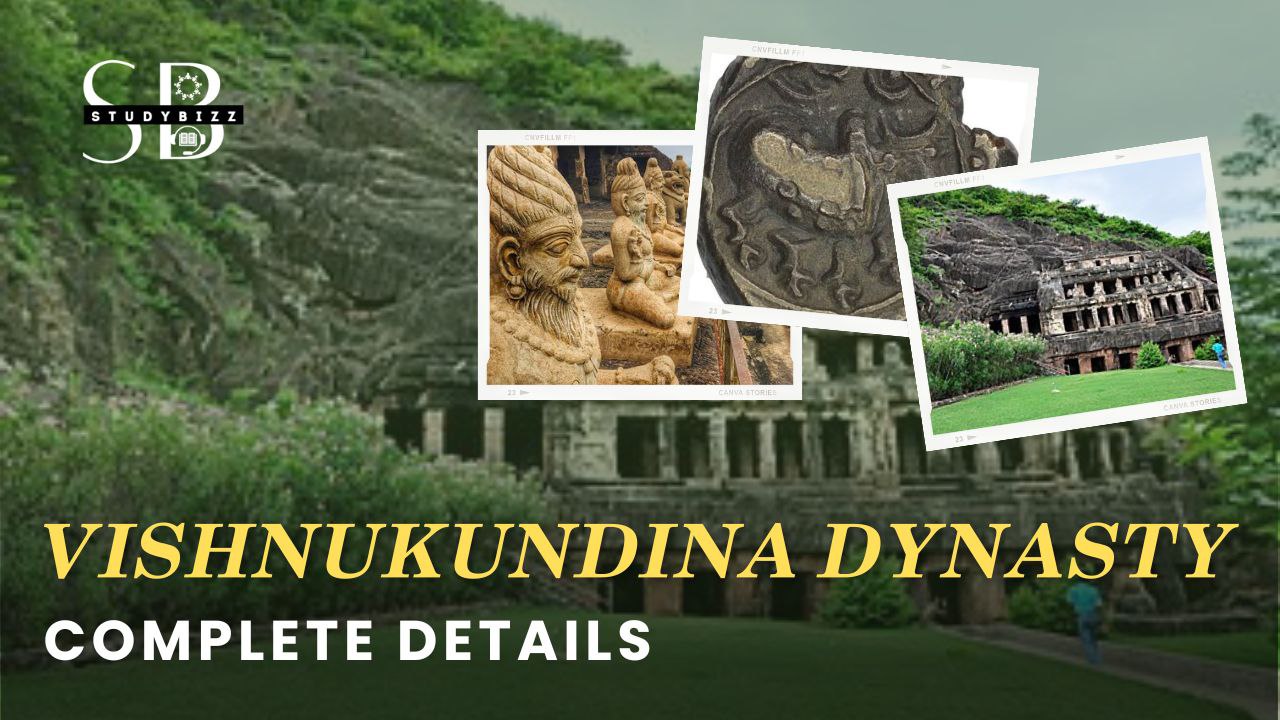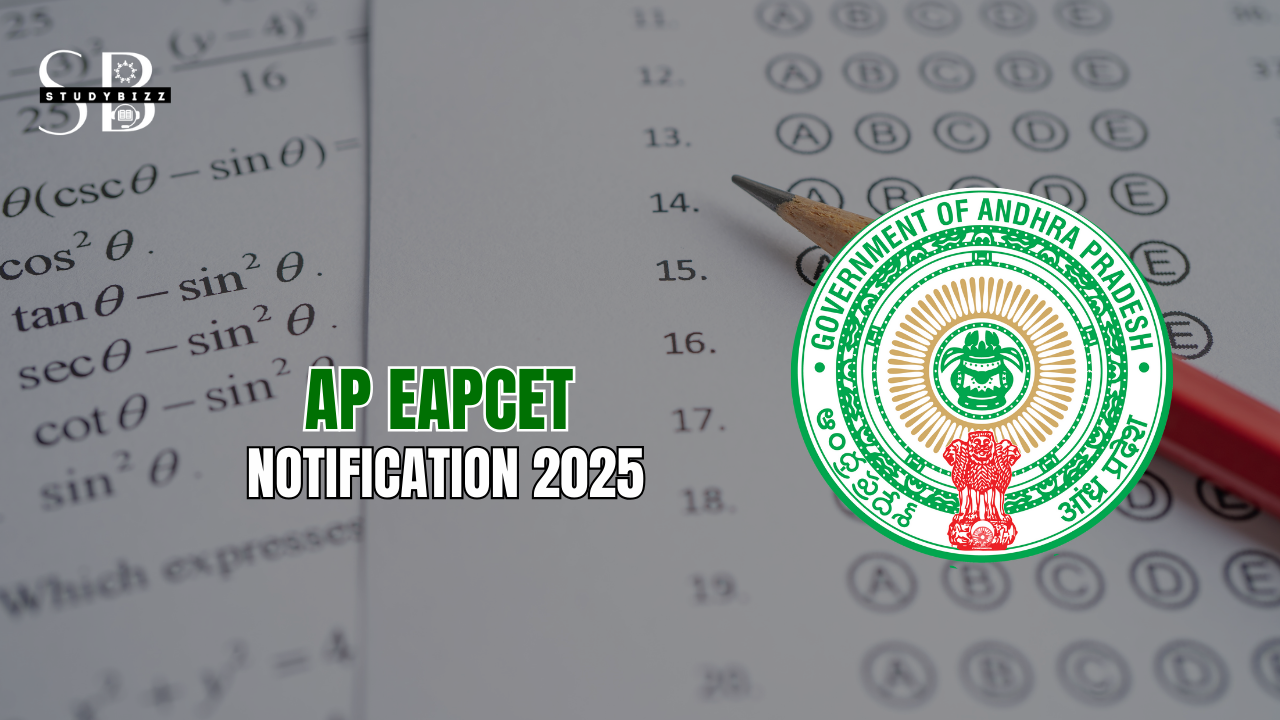The Vishnukundina dynasty was founded by King Vishnukundin, who is believed to have ruled in the 5th century CE in the Deccan region of present-day Andhra Pradesh and Telangana in India. The capital of the Vishnukundin kingdom was at Pulumavi, which was located in the modern-day Nalgonda district of Telangana.
The Vishnukundins were known for their contributions to the development of Telugu language and literature. They patronized poets and scholars, and many works of Telugu literature were produced during this period. The Vishnukundins also promoted the Vaishnavite sect of Hinduism, which worships the god Vishnu as the supreme being. The Vishnukundin dynasty reached its peak of power under the rule of King Madhava Varma II, who ruled from 469 to 514 CE. Madhava Varma II expanded the kingdom and built many temples and other architectural landmarks. He is also credited with the construction of the famous Undavalli caves in present-day Andhra Pradesh.
The Vishnukundin dynasty faced several challenges during its rule, including invasions by neighboring kingdoms. In the 10th century CE, the Chalukyas and the Rashtrakutas defeated the Vishnukundins and took control of the Deccan region. Despite this, the legacy of the Vishnukundins continues to be remembered and celebrated in the region for their contributions to Telugu language and literature, as well as their support for the Vaishnavite sect of Hinduism.
Kings of Vishnukundins :
The Vishnukundin dynasty was ruled by a number of kings, who ruled over the Deccan region in present-day Andhra Pradesh and Telangana in India. Here is a list of some of the known kings of the Vishnukundin dynasty:
-
-
Vishnukundin: Founder of the Vishnukundin dynasty, believed to have ruled in the 5th century CE.
-
Madhava Varma I: Son of Vishnukundin, ruled from 456 to 469 CE.
-
Madhava Varma II: Son of Madhava Varma I, ruled from 469 to 514 CE. Considered the greatest ruler of the Vishnukundin dynasty.
-
Bhima I: Son of Madhava Varma II, ruled from 514 to 534 CE.
-
Govinda Varma: Son of Bhima I, ruled from 534 to 554 CE.
-
Madhava Varma III: Son of Govinda Varma, ruled from 554 to 574 CE.
-
Vishnu Varma: Son of Madhava Varma III, ruled from 574 to 594 CE.
-
Bhima II: Son of Vishnu Varma, ruled from 594 to 614 CE.
-
Narasimha Varma I: Son of Bhima II, ruled from 614 to 634 CE.
-
Madhava Varma IV: Son of Narasimha Varma I, ruled from 634 to 654 CE.
-
Narasimha Varma II: Son of Madhava Varma IV, ruled from 654 to 674 CE.
-
Madhava Varma V: Son of Narasimha Varma II, ruled from 674 to 694 CE.
-
Vijayaditya: Son of Madhava Varma V, ruled from 694 to 714 CE.
-
Madhava Varma VI: Son of Vijayaditya, ruled from 714 to 734 CE.
-
Vishnu Varma II: Son of Madhava Varma VI, ruled from 734 to 754 CE.
-
Madhava Varma VII: Son of Vishnu Varma II, ruled from 754 to 774 CE.
-
Vishnu Varma III: Son of Madhava Varma VII, ruled from 774 to 794 CE.
-
Madhava Varma VIII: Son of Vishnu Varma III, ruled from 794 to 814 CE.
-
Vishnu Varma IV: Son of Madhava Varma VIII, ruled from 814 to 834 CE.
-
Madhava Varma IX: Son of Vishnu Varma IV, ruled from 834 to 854 CE.
-
Vishnu Varma V: Son of Madhava Varma IX, ruled from 854 to 874 CE.
-
Madhava Varma X: Son of Vishnu Varma V, ruled from 874 to 894 CE.
-
Vishnu Varma VI: Son of Madhava Varma X, ruled from 894 to 914 CE.
-
Madhava Varma XI: Son of Vishnu Varma VI, ruled from 914 to 934 CE.
-
Vishnu Varma VII: Son of Madhava Varma XI, ruled from 934 to 954 CE.
-
Religion of Vishnukundins Dynasty :
The Vishnukundin dynasty, which ruled over the Deccan region in present-day Andhra Pradesh and Telangana in India, was known for its support of the Vaishnavite sect of Hinduism. The Vaishnavites worship the god Vishnu as the supreme being, and believe in the doctrine of bhakti, or devotion to God.
The Vishnukundins were patrons of the arts and literature, and they encouraged the development of Telugu language and literature. Many works of Telugu literature were produced during this period, and the language and literature of the region flourished under the patronage of the Vishnukundin kings.
The Vishnukundins also built many temples and other architectural landmarks, many of which continue to be visited by devotees and tourists to this day. The Undavalli caves, a group of rock-cut temples in present-day Andhra Pradesh, are a notable example of the architectural achievements of the Vishnukundin dynasty.
Overall, the Vishnukundin dynasty played a significant role in the spread and promotion of the Vaishnavite sect of Hinduism in the Deccan region, and their contributions continue to be remembered and celebrated to this day.
language of Vishnukundins dynasty :
The Vishnukundin dynasty, which ruled over the Deccan region in present-day Andhra Pradesh and Telangana in India, was known for its support of Telugu language and literature. Telugu is a Dravidian language spoken by the people of the region, and it has a rich literary tradition dating back several centuries.
The Vishnukundins were patrons of the arts and literature, and they encouraged the development of Telugu language and literature. Many works of Telugu literature were produced during this period, and the language and literature of the region flourished under the patronage of the Vishnukundin kings.
Some of the notable works of Telugu literature produced during the Vishnukundin dynasty include the Andhra Mahabharatam, a Telugu translation of the Hindu epic Mahabharata, and the Andhra Ramayana, a Telugu version of the Hindu epic Ramayana.
The Vishnukundins also built many temples and other architectural landmarks, many of which continue to be visited by devotees and tourists to this day. The Undavalli caves, a group of rock-cut temples in present-day Andhra Pradesh, are a notable example of the architectural achievements of the Vishnukundin dynasty.
Overall, the Vishnukundin dynasty played a significant role in the development and promotion of Telugu language and literature in the Deccan region, and their contributions continue to be remembered and celebrated to this day.
Literature of Vishnukundins dynasty :
The Vishnukundin dynasty, which ruled over the Deccan region in present-day Andhra Pradesh and Telangana in India, was known for its support of Telugu language and literature. Telugu is a Dravidian language spoken by the people of the region, and it has a rich literary tradition dating back several centuries.
The Vishnukundins were patrons of the arts and literature, and they encouraged the development of Telugu language and literature. Many works of Telugu literature were produced during this period, and the language and literature of the region flourished under the patronage of the Vishnukundin kings.
Some of the notable works of Telugu literature produced during the Vishnukundin dynasty include:
-
Andhra Mahabharatam: A Telugu translation of the Hindu epic Mahabharata, believed to have been written during the reign of Madhava Varma II (469-514 CE).
-
Andhra Ramayana: A Telugu version of the Hindu epic Ramayana, believed to have been written during the reign of Madhava Varma II.
-
Nalopakhyanam: A Telugu poem about the legendary king Nala, believed to have been written during the Vishnukundin dynasty.
-
Veyipadagalu: A Telugu epic poem about the life of the Hindu god Krishna, believed to have been written during the Vishnukundin dynasty.
-
Ashtadiggajas: A group of eight Telugu poets who were patronized by the Vishnukundin kings and produced many works of Telugu literature.
Overall, the Vishnukundin dynasty played a significant role in the development and promotion of Telugu language and literature in the Deccan region, and their contributions continue to be remembered and celebrated to this day.
Art and Architecture :
The Vishnukundin dynasty, which ruled over the Deccan region in present-day Andhra Pradesh and Telangana in India, was known for its contributions to the art and architecture of the region. The Vishnukundins were patrons of the arts and literature, and they built many temples and other architectural landmarks during their rule.
One of the most notable examples of the architectural achievements of the Vishnukundin dynasty is the Undavalli caves, a group of rock-cut temples located in present-day Andhra Pradesh. These caves were carved out of solid sandstone and are considered to be one of the finest examples of rock-cut architecture in India. They were built during the reign of King Madhava Varma II (469-514 CE), and are believed to have been used as a place of worship by the kings of the Vishnukundin dynasty.
Other notable architectural landmarks built by the Vishnukundins include the Dharanikota temples, the Dharanikota palace, and the Hazara Rama temple in Hampi. The Vishnukundins also built many other temples and other architectural landmarks throughout their kingdom, many of which continue to be visited by tourists and devotees to this day.
In addition to their contributions to architecture, the Vishnukundins also supported the arts and literature, and many works of Telugu literature and other forms of art were produced during their rule. Overall, the Vishnukundin dynasty played a significant role in the development of the art and architecture of the Deccan region, and their contributions continue to be remembered and celebrated to this day.
Administration under Vishnukundins dynasty :
The Vishnukundin dynasty, which ruled over the Deccan region in present-day Andhra Pradesh and Telangana in India, is believed to have had a well-organized system of administration. The Vishnukundin kings followed the principles of dharma, or righteousness, and were known for their just and fair rule.
The kingdom was divided into a number of provinces, each ruled by a governor appointed by the king. The provinces were further divided into smaller units called mandalas, which were administered by local officials.
The Vishnukundins had a strong army, and the kings were assisted by a council of ministers in the administration of the kingdom. The army was responsible for the protection of the kingdom and for maintaining law and order.
The Vishnukundins also had a well-developed system of taxation, with revenues collected from various sources such as land, trade, and crafts. The collected revenues were used to maintain the administration, the army, and to support cultural and artistic endeavors.
The Vishnukundins were known for their support of the arts and literature, and they encouraged the development of Telugu language and literature. Many works of Telugu literature were produced during this period, and the language and literature of the region flourished under the patronage of the Vishnukundin kings.
Overall, the Vishnukundin dynasty is believed to have had a well-organized system of administration that contributed to the prosperity and cultural achievements of the kingdom.
Hierarchy :
The Vishnukundin dynasty, which ruled over the Deccan region in present-day Andhra Pradesh and Telangana in India, is believed to have had a hierarchical social structure. At the top of the social hierarchy was the king, who was the supreme ruler of the kingdom. The king was assisted by a council of ministers in the administration of the kingdom.
Below the king, there were various levels of nobles, including the royal princes and the chiefs of the various provinces of the kingdom. The nobles held high positions in the administration and enjoyed many privileges.
Below the nobles were the common people, who were divided into various social classes based on their occupation. The Brahmins, who were the highest class, were involved in priestly and scholarly pursuits. The Kshatriyas, who were the warrior class, were involved in military and administrative duties. The Vaishyas, who were the merchant class, were involved in trade and commerce. The Sudras, who were the lower class, were involved in manual labor.
The Vishnukundin kings followed the principles of dharma, or righteousness, and were known for their just and fair rule. However, the social hierarchy of the time was based on the caste system, which was a system of social stratification that assigned people to social classes based on their birth. This system was later criticized for its rigid and discriminatory nature.
Overall, the Vishnukundin dynasty is believed to have had a hierarchical social structure, with the king at the top, followed by the nobles and the common people. The social hierarchy of the time was based on the caste system, which was a system of social stratification that assigned people to social classes based on their birth.
Fall of Vishnukundins dynasty :
The Vishnukundin dynasty, which ruled over the Deccan region in present-day Andhra Pradesh and Telangana in India, faced several challenges during its rule. The kingdom faced invasions by neighboring kingdoms, and it also faced internal conflicts and power struggles.
In the 10th century CE, the Chalukyas and the Rashtrakutas defeated the Vishnukundins and took control of the Deccan region. The Chalukyas, who were a Hindu dynasty, ruled over the region until the 13th century CE, when they were defeated by the Delhi Sultanate. The Rashtrakutas, who were a dynasty of Hindu kings, ruled over the region until the 12th century CE, when they were replaced by the Chalukyas.
The fall of the Vishnukundin dynasty marked the end of their rule in the Deccan region. However, the legacy of the Vishnukundins continues to be remembered and celebrated for their contributions to Telugu language and literature, as well as their support for the Vaishnavite sect of Hinduism.





Leave a Reply